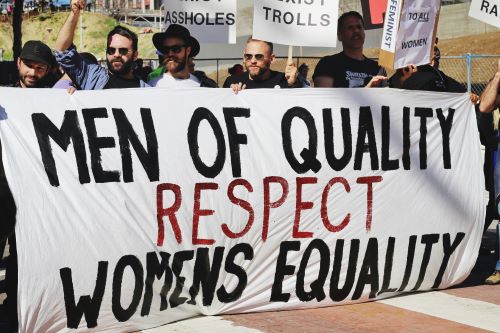Lying – is it still a big no-no?
- David Burton
- Blog
 To tell a lie means to say something that is not true with the intention to deceive or mislead someone. A lie involves communicating a statement that the narrator believes to be false, with the goal of causing the listener to accept it as true.
To tell a lie means to say something that is not true with the intention to deceive or mislead someone. A lie involves communicating a statement that the narrator believes to be false, with the goal of causing the listener to accept it as true.
In employment law, employees are expected to comply with their implied common law duty of fidelity, which has been interpreted in terms of the employee’s duty to avoid any conduct a person of ordinary honesty would look upon as being dishonest. Parties must act and have trust and confidence in each other.
Parliament has rules about telling lies. It has decades of collected interpretation of those rules. Generally, Parliament’s rules say that mistakes are understandable but need to be corrected as soon as possible. Differences of opinion or interpretation are matters for debate. Intentional lies are one of Parliament's biggest offences, described as "misleading the House". Without correcting the lie, it is considered to be a contempt (like a contempt of court) and may be referred to the powerful Privileges Committee for adjudication (which of course is stacked on the lines of the party or parties in power).
Lies are taken seriously because debate is pointless if MPs make things up. This is particularly important for government ministers, who are responsible to Parliament. Accusing another Member of Parliament of lying is also a serious matter.
Speaker's Ruling 48/3 says that "The offence of calling another member a liar, or implying that another member of the House is a liar, is an offence against the House not an offence against the other person; it is an offence against the dignity of the House and the assumption that its members behave truthfully and honourably. For the Chair to allow that accusation to go unchecked would not be an injustice to the member accused but an injustice to the whole House."
Last month in Parliament the former Deputy Prime Minister, Winston Peters, complained about the Labour Leader, Chris Hipkins', description of tobacco tax changes. Mr Peters claimed "Point of order, Mr Speaker. We have sat here for month after month after month while those members have repeated that lie in this House. I am seeking to correct it”. Mr Hipkins responded "Point of order, Mr Speaker. Last week you ejected a member and named them for saying that they were struggling to find members with a backbone. How is accusing other members of repeatedly lying in the House any different?"
Instead of stamping on that serious allegation immediately the Speaker advised Mr Hipkins that his remedy was by way of the Standing Orders to have that corrected (making a formal written complaint). That ruling by the Speaker quickly lead to a degeneration of behaviour in the House. A few minutes later, Mr Hipkins tested the Speaker's new interpretation by interjecting "nah, it's just a lie" when Mr Peters was talking about the scrapped ferry project.
Lying can be grounds for an employer to dismiss an employee. It is usually classified as serious misconduct that undermines the trust and confidence essential to an employment relationship. Of course, the employer must follow a fair process, including investigating the allegation and providing the employee with an opportunity to explain their actions. The severity of the lie, the employee's disciplinary history, and the level of trust in the role all play a role in determining if the dismissal is fair.
In an older case, Restaurant Brands v Bond, Mr Bond was employed in a KFC store as a general manager. After discovering monetary discrepancies, a covert investigation caught Mr Bond taking $80 from the till. During the disciplinary investigation Mr Bond gave an implausible explanation which was not believed. He was dismissed. Restaurant Brands claimed special damages against Mr Bond. The Employment Relations Authority held that Mr Bonds action of taking $80 was a breach of his duty of fidelity in his employment and as a senior employee Restaurant Brands placed a high degree of trust and confidence in him as a senior employee and awarded Restaurant Brands over $8,900 in damages (far more than the $80 he was caught stealing).
But like the recent exchange in Parliament, even in employment law, it is a question of degree. For example, it may be that a one-off incident of an employee claiming an extra 15 minutes on their timesheet, or an employee claiming a sick day while being caught playing golf, may not justify dismissal. At the end of the day, it will be for the employer to justify why the employer dismissed the employee for lying about what the employee was doing. Likewise, the employee will need to persuade the employer (or the Employment Relations Authority) why the lie was not sufficiently serious to warrant dismissal.
It would seem that the Speaker has recently lowered the bar on the high expectations the House has of it’s Members. Is lying, or accusing someone of lying, not as serious as it was once considered? Read more...




